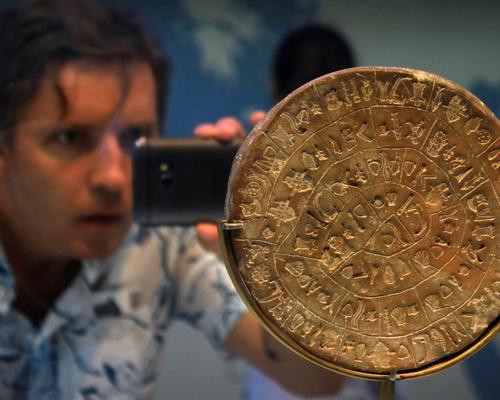22 Jan 2020
3D printing could democratise heritage and help museums in repatriation debate
BY Andy Knaggs

Researchers at the University of Brighton in the UK have been experimenting with 3D printing technologies as a way of democratising cultural heritage, as well as helping museums to "decolonise" by repatriating items to their original owners.
Dr Karina Rodriguez Echavarria, principal lecturer at the university's Centre for Secure, Intelligent and Usable Systems, and PhD candidate Myrsini Samaroudi, have written about their project in the academic publication The Conversation.
They comment: "Accessible digitisation technologies, such as photogrammetry and 3D scanning can digitally record the shape of objects to a good degree of accuracy. And 3D printing and cutting machines can physically reproduce this digital information at an affordable cost.
"3D copies can be touched and handled by visitors and can also be customised in shape, material and size. What's more, digital files of artefacts can be shared online and replicas can be printed in other parts of the world. Most importantly, physically printing a copy from a digital image doesn't depend on whether the original artefact still exists or not."
The issue of repatriation of objects taken from one culture to display elsewhere ‒ most obviously through the process of colonisation ‒ is a sensitive one in the museum sector, where displaying 3D replicas might not always be seen as appropriate or acceptable. However, the researchers say that using 3D scanning and printing technology can "support museums through their transformation from colonial institutions to more modern and open organisations".
They add that an example of this already happening is that of the Smithsonian National Museum of Natural History, which digitised and made a replica of a Killer Whale clan crest hat before returning it and other sacred items to the Tlingit native community in Alaska.
A more concerted effort to use 3D copying technologies could help to overcome the currently scattered nature of museum repatriation, the researchers contend.
Close Window